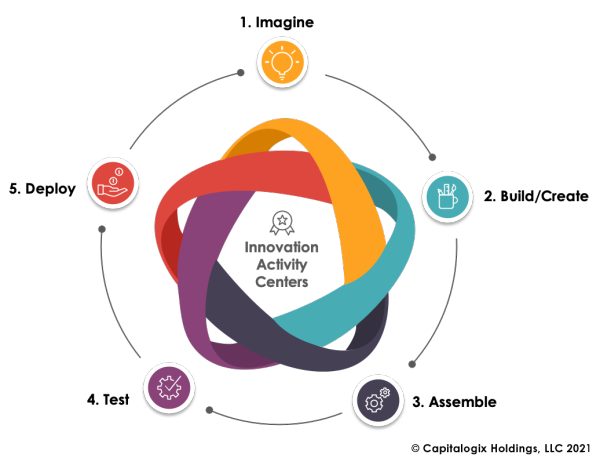For most of my life, I've been a tech early adopter.
Here are some snippets from that journey. I fell in love with the Mac 128 in the 1980s. My frustration with the limitations of floppies caused me to fly across the country to get one of the earliest 20 MB hard drives (which I didn't know how I would ever fill up). Much to the consternation of those who thought only secretaries should be seen typing, I was one of the first lawyers to use a computer to do work. I waited in lines to grab Palm Pilots and cool phones before smartphones became a thing. And, somehow, I don't enjoy setting up my computer anymore (OK, I do – but not like I did before).
A lot has changed, while much stays the same.
In the late 90s, I was obsessed with the early web scene. I spoke at computer events like Comdex and MacWorld, and I was able to see and identify many of the companies that would become major players. Many of those "major players" expanded into the dot-com bubble, then disappeared.
I've watched that cycle play itself out several times as the landscape and players changed and evolved.
There is a chart that captures a lot of those changes by listing the 20 Internet Giants that ruled the web since 1998.
Take a look.
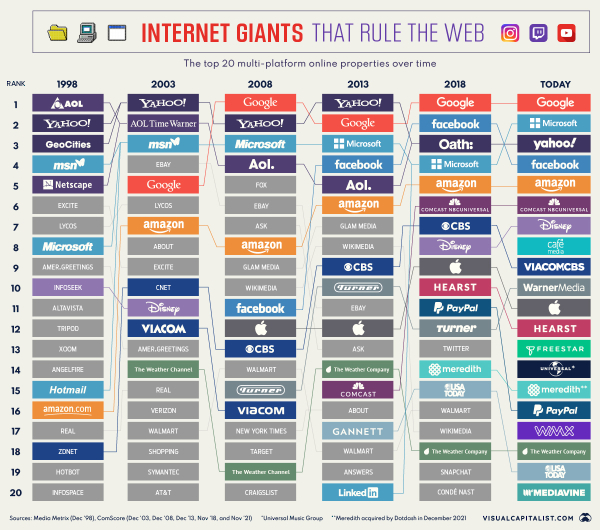 via visualcapitalist
via visualcapitalist
Humans are very good at recognizing major turning points. However, with that said, they often are much worse than they would believe in regards to understanding the implications of the changes they so easily predicted.
Who would have guessed that AOL would become almost wholly irrelevant? Or that Yahoo would make so many horrible decisions and still last to 2022?
In the early days of the internet, most of the leaders were aggregators and search engines. Now we have a much broader set of influencers. The top 20 players in the space are also playing much larger games than their 1998 predecessors. Most of the leaders are platforms that help other products succeed as well.
I'm curious to see what names are added to the list in 5 years.
Who do you believe we will see there in 2027?

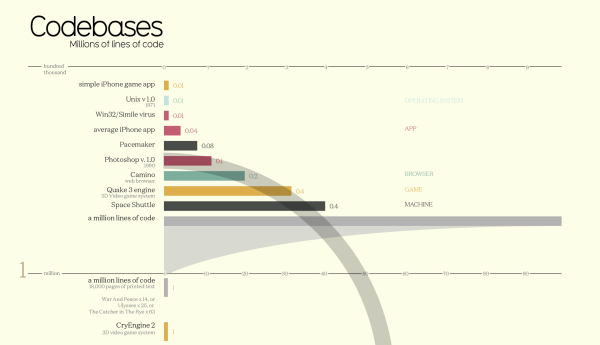 via
via 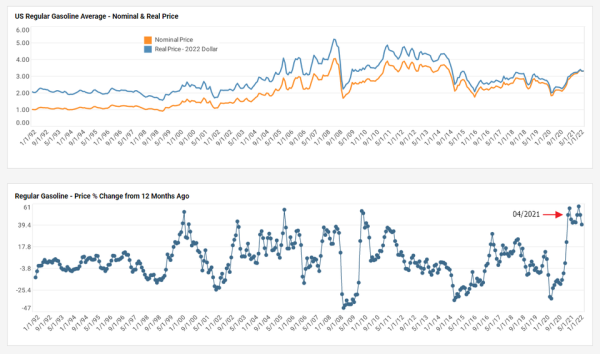
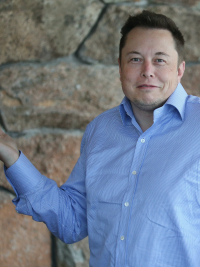
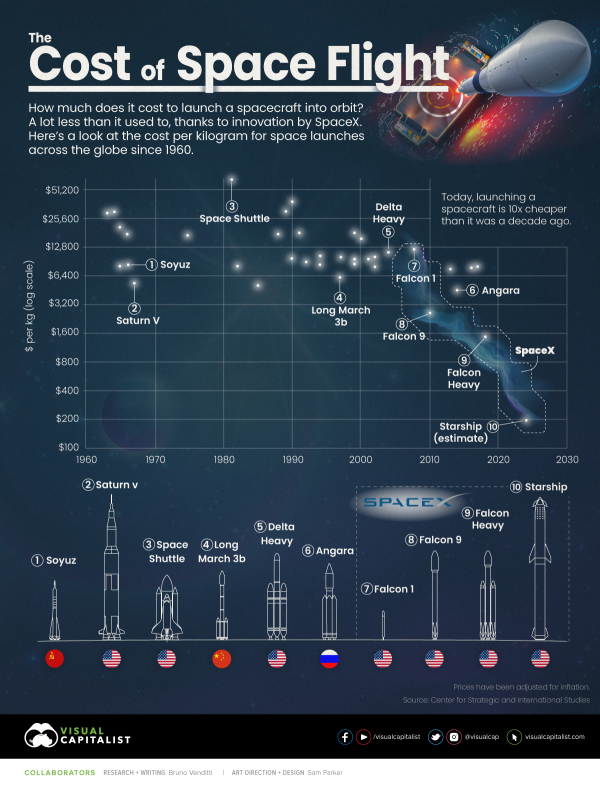 via
via 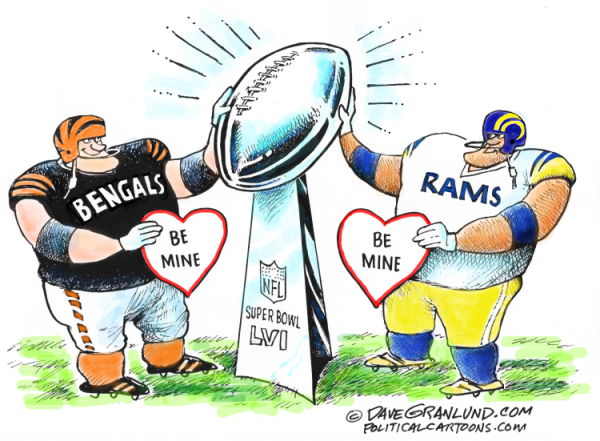
 Reddit via
Reddit via 